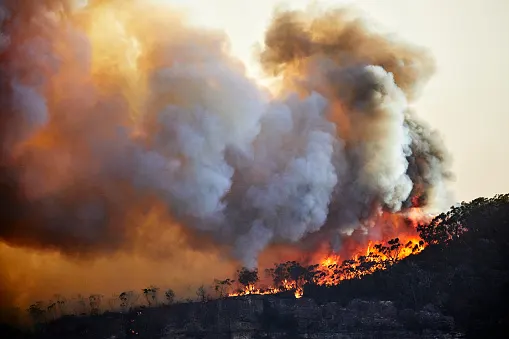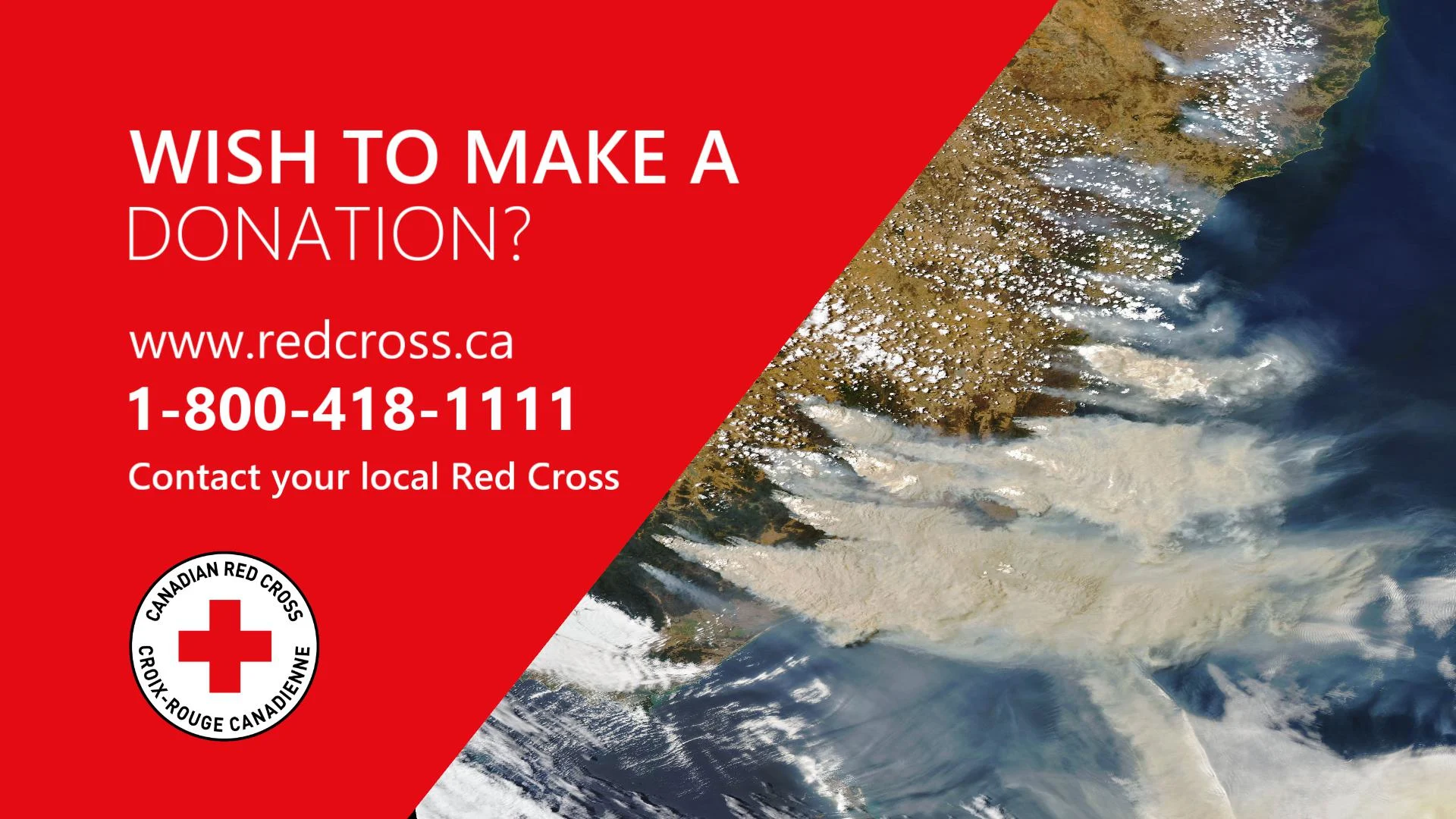
Numerous health problems linked to Australian wildfires, medical agency warns
Exposure to wildfire smoke can contribute to increases in respiratory disorders like bronchitis and asthma, as well as heart diseases, among other effects
While the environmental, financial and human costs of the Australian wildfires are still being tallied -- and will be for quite some time -- a medical agency is also warning of health problems emerging as a result of the widespread smoke.
The Australian Medical Association (AMA) has outlined the urgency for extra precautions to stop further health risks and illnesses for those who have been directly impacted by the fires, along with people breathing hazardous smoke outside of the current fire zones.
SEE ALSO: Australian bushfires ease, gives time to build defenses
CARBON DIOXIDE, HARMFUL POLLUTANTS RELEASED
Since the fires were sparked in September 2019, 400 megatonnes of carbon dioxide and harmful pollutants have been emitted, according to the European Union's Copernicus monitoring program.
Earlier this month, AMA president Dr. Tony Bartone said the ongoing dangerous situations throughout the country is bringing about new health risks of "compounded exposure" to smoke, heat, fatigue and stress. “Lives are being lost, quality of health is being compromised for thousands of people, and property and homes and communities are being destroyed,” said Bartone.

Out-of-control fire on Narrow Neck Plateau, Katoomba, Blue Mountains, Australia. Climate change is causing extreme weather, prolonged droughts and increasing bushfire. Photo: Getty Images
SIGNIFICANT THREATS FROM WILDFIRE SMOKE
Exposure to wildfire smoke can cause two major risks to health -- lung aggravation and toxicity. When components such as plastics burn, hard metals such as lead can make its way into the body on smoke particles.
"As a result of its small particle size, once inhaled, smoke can travel throughout the bloodstream and wreak havoc on any area of the body," said Stanford University's Dr. Maria Prunicki, a scientist and physician who examined the health effects of Californians' exposure to wildfires, as reported by CBC.
"That's much higher than anything we've seen in California. The damage is going to be much more severe," Prunicki told CBC Radio Quirks & Quarks host Bob McDonald in a recent interview.
Other potential hazards from exposure to wildfire smoke include respiratory disorders such as bronchitis and asthma, as well as heart diseases. It can also have negative effects in pregnancy through pre-term birth and decreases in birth weight.
While reviewing the health impacts of wildfires in children near Yosemite, Calif., Prunicki found that after 90 days, those exposed to wildfire smoke showed more symptoms of asthma compared with smoke from prescribed burns. Her research also indicated that being subjected to wildfires prevented healthy immune cells from regenerating.
As alerts become more widespread, the AMA urges everybody in and near fire zones to be aware of the risks associated with compounded, ongoing smoke exposure and to get medical care where needed.
“The length and density of smoke exposure is a new and possibly fatal health risk that many people within our community have not previously had to face," said Bartone.

OVERALL NUMBER OF PEOPLE AFFECTED WON'T BE KNOWN FOR SOME TIME
As the wildfires continue to plague the country, the full count of people affected by smoke levels in Australia won't be known for quite some time. However, Dr. Fay Johnston, an associate professor of public health at the University of Tasmania in Australia, told CBC there's a distinct, real-time connection between smoke concentrations and emergency department visits in the affected regions.
"The number of people who've been affected by this smoke — it's not an isolated event," said Johnston. "It's every major capital city in the country having severe smoke impacts."
Despite the uncertainty of the long-term health effects of Australia's wildfires, the public has been warned to limit their exposure and to take additional measures to avoid complications.
The AMA has compiled a list recommendations for those living in or near the fire zones to follow, in order to prevent or reduce negative impacts to health stemming from the fires, here.
Thumbnail courtesy of Getty Images.











